The urban landscape of Tehran, the capital of Iran, is characterized by a complex interplay of historical significance, cultural richness, and contemporary challenges.
Does Tehran Has a Subway?
Among these challenges is the critical need for efficient public transportation capable of alleviating the congested traffic that plagues the city. In this context, the question arises: Does Tehran have a subway? The answer to this inquiry is affirmative; however, the complexities surrounding its development, operation, and impact merit a detailed examination.If you want to rent Villa in Tehran, You can connect with Tehran Offers.
The Tehran Metro, which stands as a testament to the city’s efforts to modernize its public transportation system, is an extensive network that began construction in the late 1980s. The inception of this project was motivated not only by the pragmatic need to address the chronic traffic congestion exacerbated by rapid urbanization and population growth but also by environmental considerations. As the proliferation of automobiles in Tehran led to increased air pollution, the development of a subway system offered a viable solution to mitigate these adverse effects.
The first phase of the Tehran Metro became operational in 1999, offering a new mode of transport for the city’s residents. Since its initiation, the metro system has undergone considerable expansion, with multiple lines currently in operation, traversing significant areas of the city and extending into its suburbs. As of 2023, the Tehran Metro comprises several lines, encompassing nearly 200 kilometers of track and connecting various districts within the metropolis. The completion of additional lines is ongoing, further enhancing the potential reach of the subway network.
A critical aspect of the Tehran Metro is its role in urban mobility. Facilitating the movement of millions of passengers daily, the subway provides an efficient alternative to surface transportation. For many residents, particularly those from lower-income backgrounds, the affordability and accessibility of the metro are invaluable. While Tehran’s subway system is not without its challenges such as overcrowding, maintenance issues, and occasional delays—it remains a crucial component of the city’s public transportation infrastructure.If you want to find out the best area for rent in Tehran, we suggest you look at our article
From a socio-economic perspective, the development of the Tehran Metro has deep implications for urban planning and environmental sustainability. The subway system substantially reduces reliance on automobiles, thereby contributing to a decrease in traffic congestion and lowering greenhouse gas emissions. Additionally, it fosters economic activity by improving access to various parts of the city. Areas that were previously less accessible have seen a rise in business opportunities, driven in part by the increased foot traffic that metro stations generate.
Despite the successes of the Tehran Metro, it has faced numerous challenges and criticisms. The financial management of the project has often come under scrutiny, with concerns regarding funding deficits and the sustainability of the operational budget. Furthermore, the construction of metro lines often necessitates extensive urban excavation, leading to temporary disruptions and concerns about potential damage to existing infrastructure. These challenges serve as a reminder that while the subway is a critical resource, it cannot single-handedly resolve the myriad issues facing urban transport in Tehran.
Infrastructure development is, of course, a complex undertaking, especially in a city like Tehran that boasts a rich historical and cultural heritage. Balancing the needs of modern transportation with the preservation of historical sites and public spaces is an ongoing challenge for policymakers. In this regard, the Tehran Metro must not only serve as a transportation artery but also as a model of urban integration—one that recognizes and respects the city’s historical context while fostering modernity. for more information about other source’s click here
how many Does Tehran Has a Subway?
Public perception of the Tehran Metro is generally positive, particularly among daily commuters who value its convenience and efficiency. Nonetheless, there is room for improvement. Enhancing safety measures, increasing the frequency and reliability of services, and addressing accessibility concerns for differently-abled individuals are vital components that require ongoing attention. A successful public transport system necessitates not just the physical infrastructure of trains and tracks but also a commitment to customer satisfaction and community engagement.
Looking ahead, the future of the Tehran Metro is contingent upon several important factors. First, it hinges on continued investment in the system, both in terms of capital for expansion projects and operational funding to improve service quality. Second, effective urban planning strategies that integrate metro development with other modes of transport—such as bus services and cycling infrastructure—are essential for creating a coherent and efficient public transit network. Finally, fostering public awareness about the benefits of using public transport over private vehicles will play a significant role in the successful evolution of the subway system.
In conclusion, Tehran does indeed have a subway, which has emerged as a vital component of the city’s public transportation network. While the Tehran Metro has made significant strides in the realms of urban mobility and environmental sustainability, it continues to grapple with various challenges that require thoughtful solutions. Moving forward, the continued development and refinement of the metro system will be essential in addressing the transportation needs of Tehran’s growing population while contributing positively to the urban landscape. The success of this endeavor lies not only in the infrastructure itself but also in the broader vision of an integrated, sustainable urban future for the city.If you want to rent office in Tehran, You can connect with Tehran Offers.
The bustling metropolis of Tehran, the capital of the Islamic Republic of Iran, stands as a vibrant hub of culture, politics, and economic activity. Over the last few decades, the city has seen significant population growth and urban development. This rapid expansion has brought about a host of urban challenges, including traffic congestion, pollution, and the necessity for an efficient public transportation system. One of the key components of Tehran’s public transport network is its subway system, commonly referred to as the Tehran Metro. This essay serves to explore the development, operational scale, and significance of the Tehran Metro, as well as its impact on the city’s urban landscape and environment.
The Tehran Metro commenced its operations in 1999, marking a significant milestone in the city’s quest for sustainable urban development. It began with a modest two-line network, reflecting the aspirations of urban planners to provide a reliable and efficient alternative to the crowded streets of Tehran. Since its inception, the system has undergone remarkable expansion and modernization, transforming into one of the most critical elements of public transport in Tehran. As of late 2023, the Tehran Metro comprises several lines that span approximately 400 kilometers, substantiating its position as a formidable subway system in the region.
Currently, the Tehran Metro operates 7 fully functional lines and has plans for further expansion. These lines connect various regions of Tehran, catering to the transportation needs of millions of passengers every day. The existing lines include Line 1, Line 2, Line 3, Line 4, Line 5, Line 6, and Line 7, each serving specific districts and facilitating better accessibility to vital urban centers such as commercial zones, educational institutions, and administrative offices. The daily ridership of the Tehran Metro has grown considerably, often reaching upwards of 3 million passengers, demonstrating its integral role in the city’s transport infrastructure.
One of the most remarkable features of the Tehran Metro is its adherence to modern standards in terms of safety, technology, and customer service. The system is equipped with advanced signaling and control systems, ensuring a high level of operational safety, along with the provision of amenities such as clean and well-maintained stations, electronic ticketing systems, and real-time schedule displays. The government has recognized the significance of sustainable transport solutions, and as such, the development of the Tehran Metro aligns with broader environmental goals that aim to reduce reliance on privately owned vehicles.If you want to rent short term apartment in Tehran, You can connect with Tehran Offers.
The expansion of the Tehran Metro is not merely a testament to the city’s commitment to improving public transportation but also reveals its pivotal role in urban planning and development. By decreasing congestion on roadways and lowering emissions, the Metro contributes to improved air quality in Tehran, which has historically struggled with pollution issues. Furthermore, the availability of an efficient subway system promotes socio-economic inclusivity, facilitating access to employment, education, and healthcare services for a broader demographic of the population, including those from lower-income backgrounds.
However, the development of the Tehran Metro has not been without its challenges. The pursuit of funding for expansion, maintaining infrastructure, and ensuring efficient operation amidst the pressures of a burgeoning population pose significant hurdles. Additionally, urban officials must address the need for regular maintenance and technological upgrades to keep pace with the growing demand for public transport. The pursuit of high-quality services invariably leads to the challenge of ensuring passenger safety and security, especially in the context of rapid urbanization which can exacerbate existing vulnerabilities.
Looking forward, the future of the Tehran Metro appears both promising and ambitious. Plans for the continued expansion of the subway lines are underway, with proposals for new lines that will span neighboring cities and improve intercity connectivity. Such expansions aim to create a comprehensive transportation network that provides efficient options beyond just the city limits, thus offering effective solutions to traffic congestion in the greater Tehran area. The ongoing commitment to enhancing public transport reflects a broader recognition of the need to balance urban development with environmental sustainability.If you want to rent penthouse in Tehran, You can connect with Tehran Offers.
In conclusion, the Tehran Metro is an indispensable component of the city’s public transportation infrastructure, illustrating the commitment of urban planners and government officials to improve the overall quality of life for Tehran’s inhabitants. Its evolution from a modest two-line network to a multifaceted system of several operational lines represents a significant achievement in addressing the urban challenges posed by a rapidly growing city. Through its expansion plans and continued modernization efforts, the Tehran Metro not only mitigates the pressing issues of traffic congestion and pollution but also serves as a vital tool for promoting social equity and economic development. As Tehran continues to develop in the 21st century, the Metro system will undoubtedly play a crucial role in shaping the urban landscape and improving the overall mobility of its citizens.





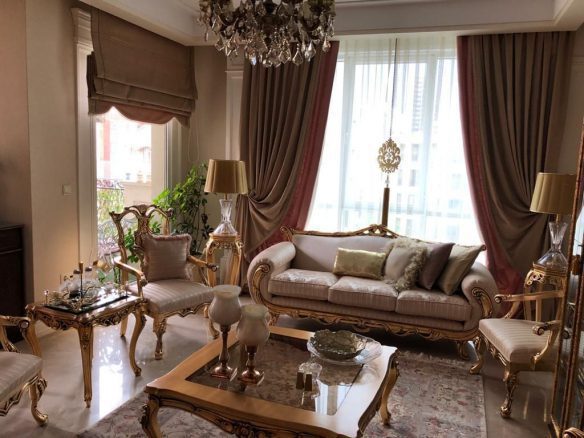

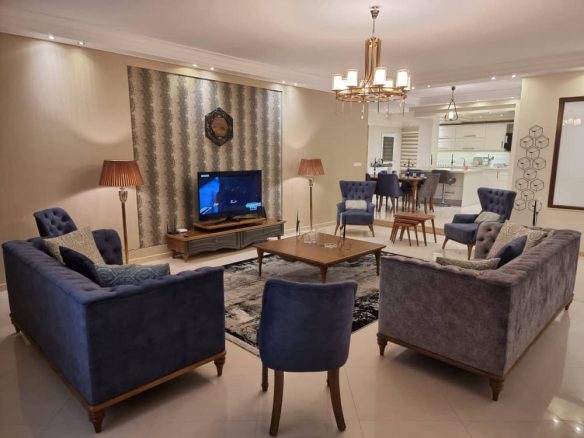
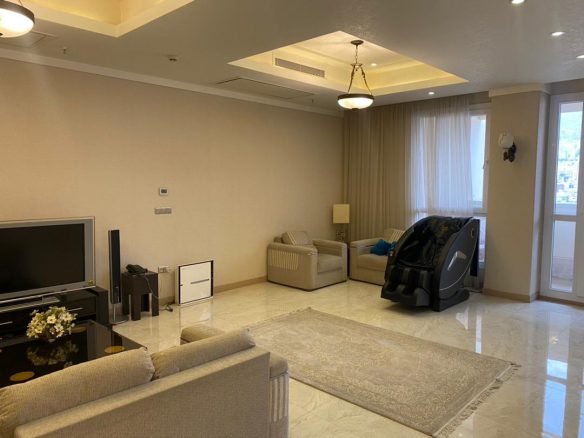

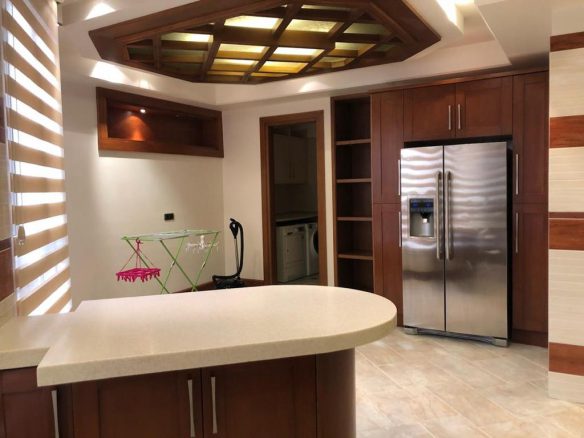
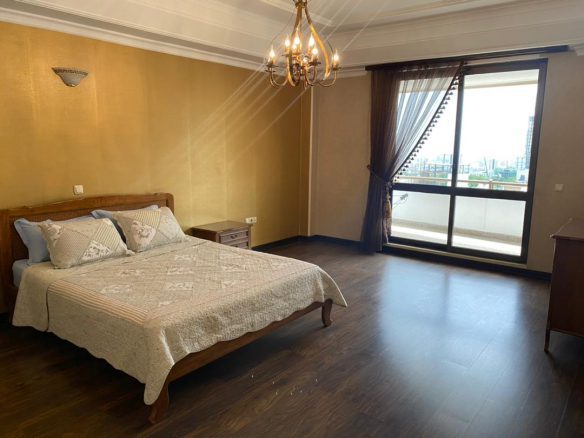


Join The Discussion